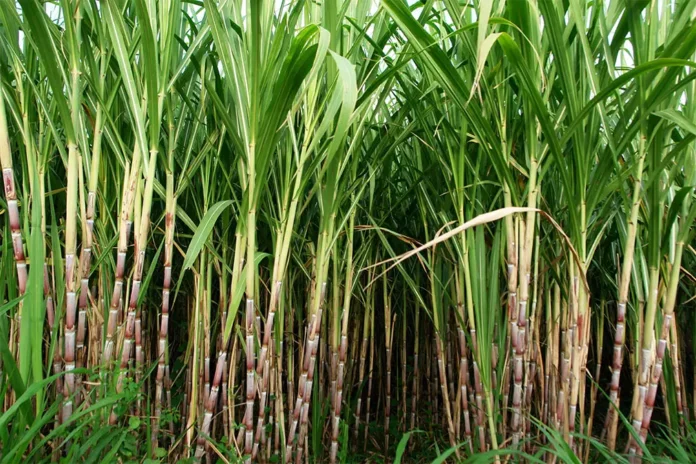According to a press statement from the Ministry of Food and Public Distribution, India produced a record amount of sugarcane during the 2021–22 season—more than 5,000 million tonnes. Sugar mills crushed over 3,574 lakh tonnes of sugarcane during the time period to create roughly 394 LMT of sugar (sucrose), of which 36 LMT was diverted to ethanol production and 359 LMT was produced by sugar mills, according to the ministry.
For the Indian sugar industry, the years 2021–22 have proven to be pivotal. During the season, complete records of sugarcane output, sugar production, sugar exports, cane purchases, cane dues paid, and ethanol production were made.
India is currently both the greatest producer and consumer of sugar in the world, as well as the second-largest sugar exporter after Brazil. Every sugar season, there is a large carry-over stock of sugar in the mills due to the output of sugar being between 320 and 360 lakh metric tonnes (LMT) compared to domestic consumption of 260 to 280 LMT.
Sugarcane Season Records!
“Because there is an abundance of sugar in the nation, the ex-mill prices of sugar stay low, which causes sugar mills to lose money. This 60-80 LMT surplus stock also prevents money from moving and impairs sugar mills’ liquidity, which causes cane price arrears to build up “the ministry stated in a statement.
The government implemented the concept of a minimum selling price (MSP) of sugar in June 2018 and set the MSP at Rs 29 per kg. In February 2019, the MSP was amended to Rs 31 per kg in order to avert cash losses to sugar mills caused by low sugar prices. The sale of ethanol generated more than Rs 20,000 crore in revenue for sugar mills or distilleries during 2021–22, which also contributed to the early payment of farmers’ cane debts.
The central government has encouraged sugar mills to divert sugar to the production of ethanol and to export surplus sugar as one of the interventions to help the sugar sector develop as a self-sufficient industry over the long term.
By doing this, the mills will be better able to pay their cane debts to farmers on time and will also have better financial conditions to continue their operations.





